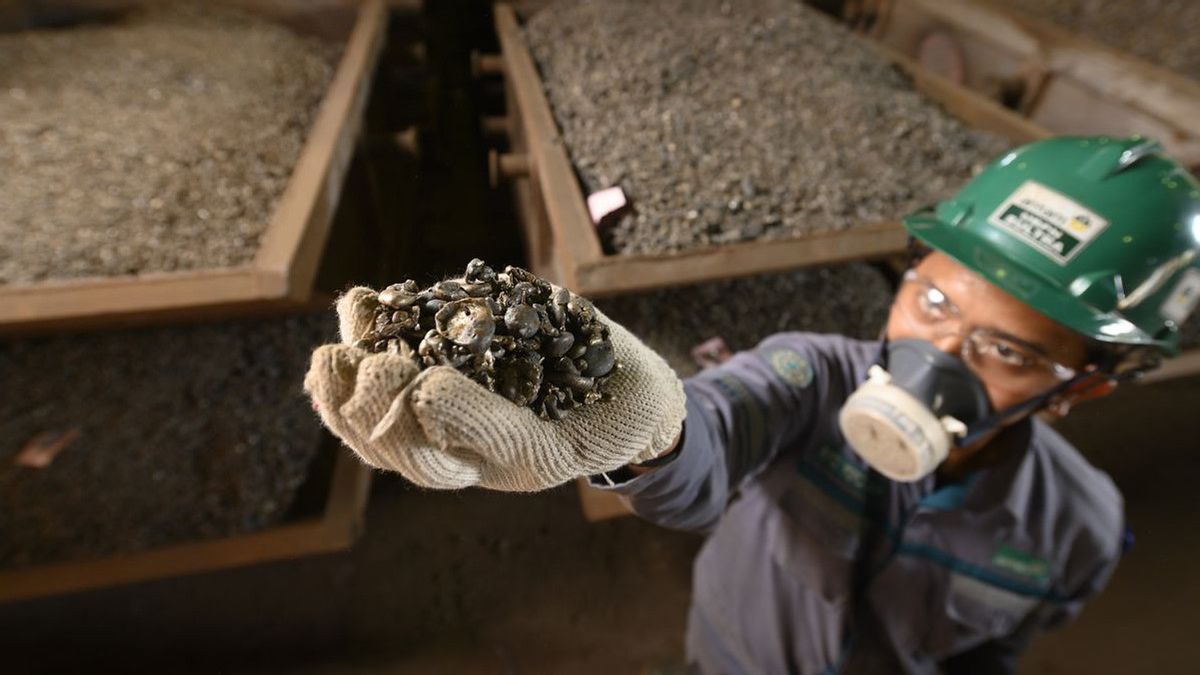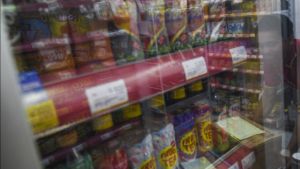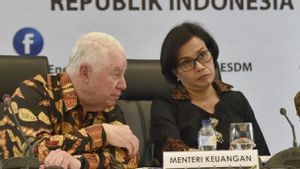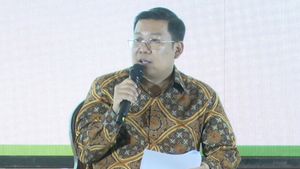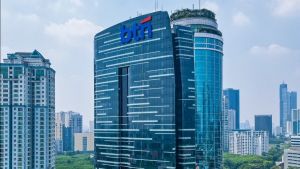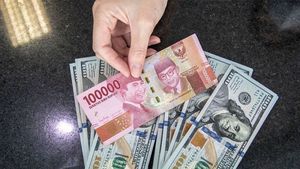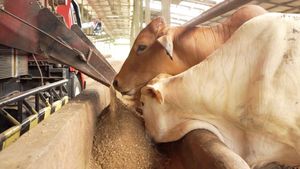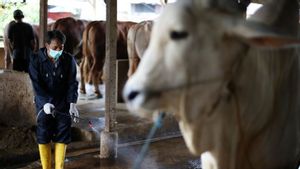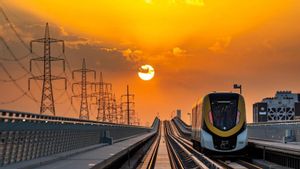The Ministry of Industry (Kemenperin) stated that since the downstream program for natural resources, especially nickel metals, several multiplier effects have begun to appear in the national economy.
Spokesperson for the Ministry of Industry Febri Hendri Antoni Arif said that currently there are 34 smelters that are already operating and 17 smelters are under construction.
According to him, the investment that has been invested in Indonesia is around Rp165 trillion for Pirometelurgi smelters, and Rp40 trillion for three hydromethalurgi smelters that will produce MHP (Mix Hydro Precipitate) as raw material for batteries.
During the construction period, the presence of the smelter absorbs local products. Currently, the smelter employs around 120,000 workers. Judging from the location, smelters are scattered in various provinces, namely Central Sulawesi, Southeast Sulawesi, North Maluku, and Banten. This is driving economic growth in the area with the increase in PDRB in the area where the smelter is located," he said in a press release today, Sunday, August 13.
SEE ALSO:
Febri stated that the magnitude of the nickel smelter multiplier effect can be seen from its added value. The Ministry of Industry calculates the added value generated from nickel ore to downstream products to increase many times if processed domestically or eliminate the raw goods process.
Febri revealed that if the value of raw nickel ore is priced at 30 US dollars per ton, when it becomes Nickel Pig Iron (NPI) the price will increase 3.3 times. It is stated that when downstream continues by producing Nickel Matte, the added value will also increase to 43.9 times.
"Now that Indonesia already has a smelter, especially if there is a battery factory, the added value can reach 642 times," he said.
The English, Chinese, Japanese, Arabic, and French versions are automatically generated by the AI. So there may still be inaccuracies in translating, please always see Indonesian as our main language. (system supported by DigitalSiber.id)
